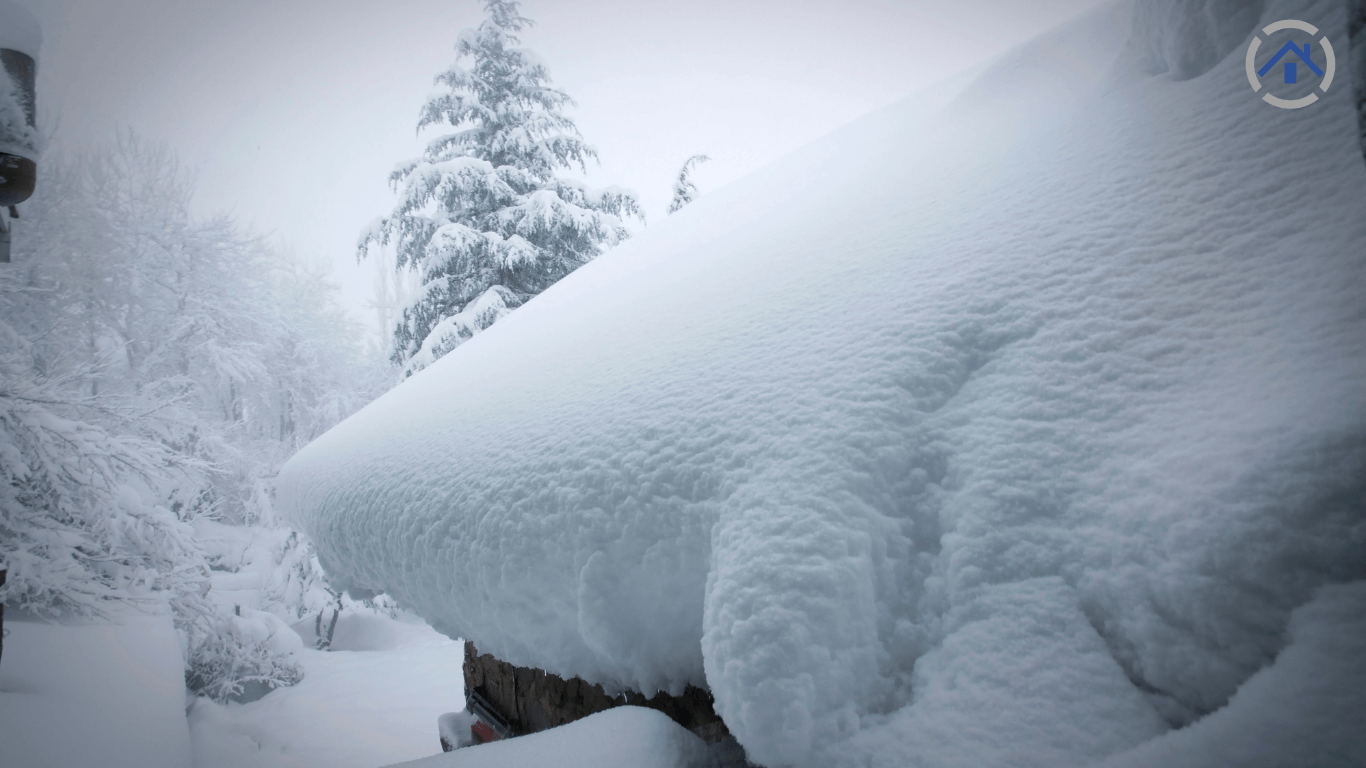
Introduction
As winter blankets Wisconsin in snow and ice, homeowners face challenges beyond picturesque landscapes. The weight of accumulated ice and snow can strain structures, leading to potential hazards. Ice build-up, creeping past flashings and other waterproofing elements, poses threats like ice damming. This blog aims to equip Wisconsin homeowners, particularly those in roofing, with essential knowledge about effective de-icing strategies to ensure the safety and longevity of their homes.
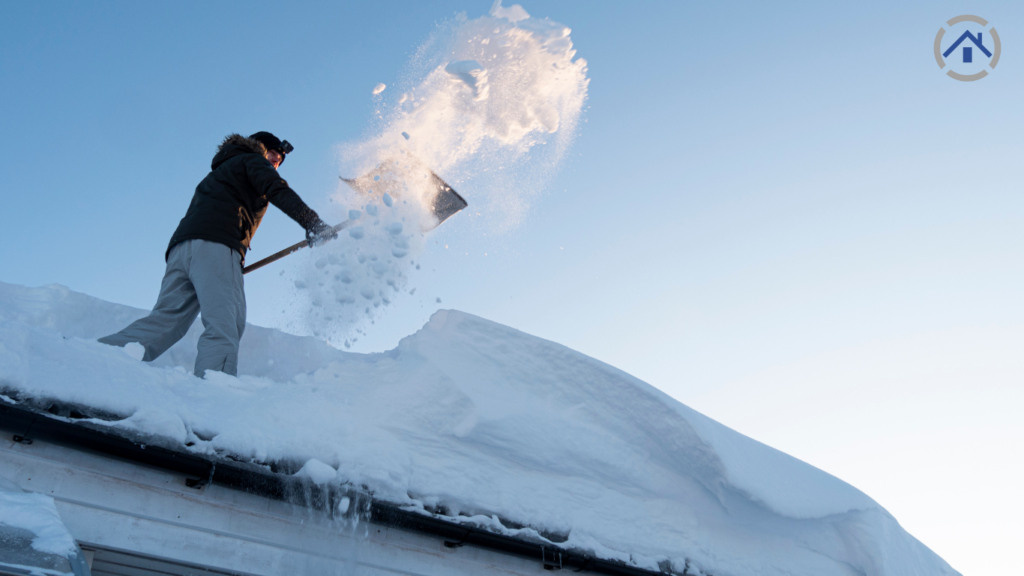
De-icing is a vital practice for homeowners in cold climates like Wisconsin. It involves the removal or prevention of ice accumulation on various surfaces, safeguarding structures and inhabitants from potential dangers. In the upcoming sections, we will delve into the significance of de-icing and explore diverse methods to combat winter challenges.
Winter conditions in Wisconsin can be harsh, with heavy snowfall and freezing temperatures. These conditions can take a toll on houses, leading to concerns such as structural strain, water damage, and safety risks. De-icing becomes a crucial aspect of winter home maintenance to mitigate these challenges and ensure the well-being of both the property and its occupants.
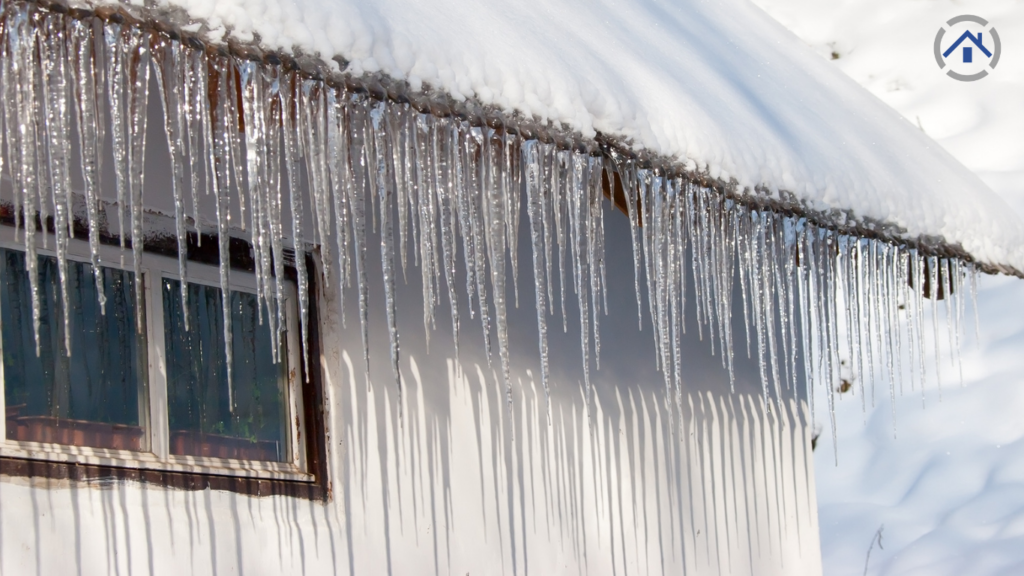
When it comes to combating the icy grip of winter, selecting the appropriate de-icing solution is a decision that should be approached with careful consideration. Homeowners face a myriad of options, each with its own set of advantages and drawbacks. The pivotal factors influencing the choice of a de-icing method encompass cost, environmental impact, and overall effectiveness.
Cost Considerations:
Understanding the financial implications of different de-icing methods is essential for homeowners. While some solutions may have a higher upfront cost, they could prove more cost-effective in the long run by requiring less frequent application. Conversely, budget-friendly options may demand more frequent use, potentially balancing out the overall expenses. Striking a balance between initial investment and long-term savings is a key aspect of making a prudent decision.
Environmental Impact:
In an era where environmental consciousness is paramount, homeowners are increasingly concerned about the ecological footprint of their choices. De-icing methods involving traditional salts may be effective, but their impact on plants, soils, and water ecosystems is a significant drawback. Exploring environmentally friendly alternatives, such as potassium-based de-icers or sand, can mitigate negative consequences and contribute to sustainable winter practices.
Overall Effectiveness:
Effectiveness is the cornerstone of any de-icing strategy. Homeowners must evaluate how well a particular method addresses their specific needs. For instance, chemical de-icers might excel in rapidly melting ice, but they could pose risks to surrounding vegetation. Heat cables, on the other hand, provide a targeted solution to prevent ice formation in vulnerable areas but may come with higher energy consumption. Assessing the overall effectiveness of each method in the context of the property's layout and specific winter challenges is paramount.
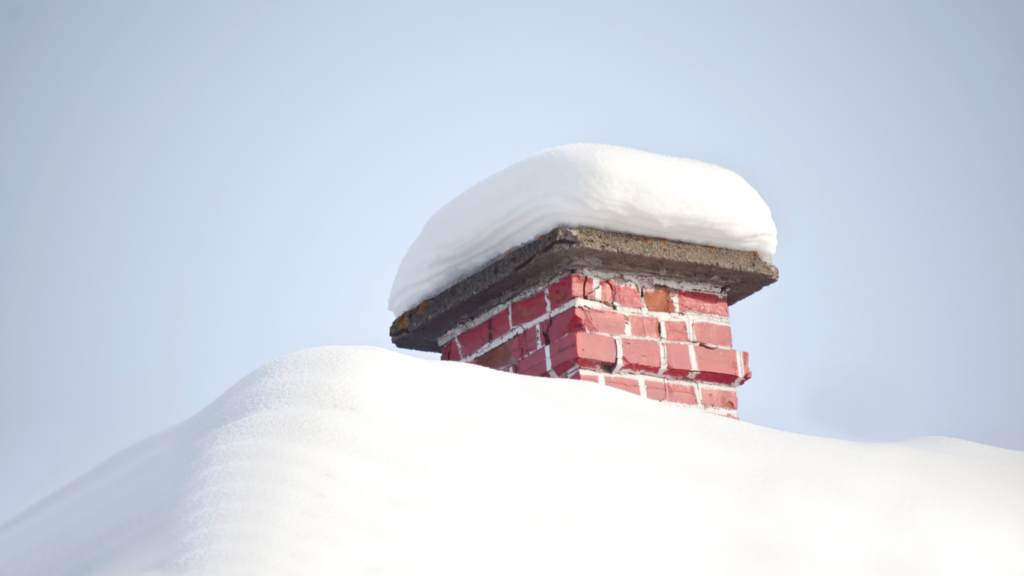
For homeowners who relish a hands-on approach to winter maintenance, DIY de-icing solutions provide a practical and cost-effective means of keeping icy challenges at bay. Here, we delve into step-by-step guides and invaluable tips to empower individuals to tackle winter head-on while prioritizing safety and well-being.
1. Shoveling Mastery:
Begin with the basics – shoveling. Proper technique is paramount to avoid strain and injury. Start by clearing the snow promptly after a snowfall to prevent compacted ice formation. Shovel in layers to avoid lifting heavy loads and utilize ergonomic shovels to reduce strain on the back.
2. Homemade De-icing Mixtures:
Crafting your de-icing mixture is a cost-effective alternative. Combine a solution of vinegar and water or rubbing alcohol and water to create a spray that can be applied directly to ice-prone areas. This DIY mixture helps in preventing ice formation and facilitates easier manual removal.
3. Sand for Traction:
Employing sand for traction is an age-old yet effective DIY method. Apply sand sparingly on icy surfaces to enhance traction and minimize slips. Be cautious not to overuse, as excessive sand can lead to environmental issues such as clogged storm drains.
4. Safe Use of Salt Alternatives:
Explore eco-friendly alternatives to traditional salts, such as potassium-based de-icers or even kitty litter. These materials not only assist in melting ice but also pose minimal harm to plants and the environment.
5. Safety Precautions:
Prioritize safety at every step. Wear appropriate winter gear, including non-slip footwear and insulated gloves. Exercise caution when using tools like shovels and be mindful of potential hazards. DIY de-icing is rewarding, but ensuring personal safety remains paramount.
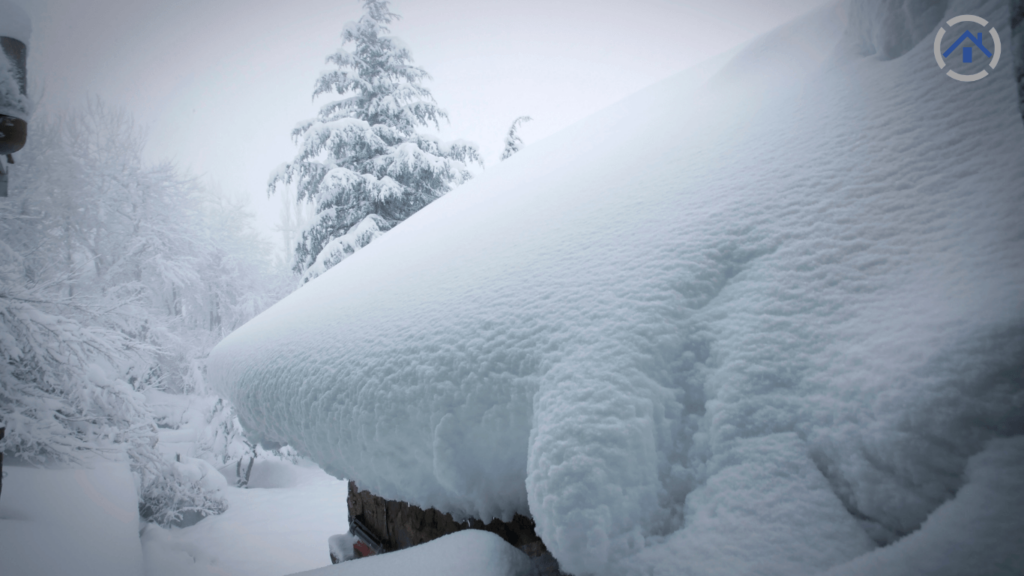
Knowing when to bring in the professionals for de-icing services is a crucial aspect of winter home maintenance. This section serves as a guide for homeowners, helping them discern when professional intervention is necessary and offering insights on choosing reliable service providers in Wisconsin.
When to Consider Professional De-icing Services:
Tips for Selecting Reliable Service Providers:
While DIY solutions have their place, some de-icing challenges necessitate the expertise of professionals. To ensure the safety of your property and loved ones, consider seeking the services of licensed and experienced professionals.
Preventing Ice Build-up: Sustaining Winter Resilience
Beyond the immediate challenges of de-icing, adopting long-term strategies for minimizing ice accumulation is essential for sustaining the integrity of your home during the harsh Wisconsin winter. This section delves into proactive measures and provides valuable tips on winter house maintenance to effectively ward off excessive ice build-up.
1. Adequate Insulation:
Ensure your home is well-insulated, particularly in the attic. Proper insulation prevents heat from escaping and, consequently, minimizes the risk of ice damming on the roof. This strategic step not only maintains a consistent indoor temperature but also contributes to a more energy-efficient home.
2. Roof Ventilation:
Invest in adequate roof ventilation to regulate the temperature of your attic space. Proper ventilation prevents the formation of hot spots on the roof, which can accelerate the melting of snow and contribute to ice dam formation. A well-ventilated attic keeps the roof temperature consistent, mitigating the conditions conducive to ice accumulation.
3. Gutter Maintenance:
Regularly clean and inspect your gutters to ensure they are free of debris, leaves, and ice dams. Clogged gutters can lead to water backup, which exacerbates ice damming. Installing gutter guards can also be beneficial in preventing debris accumulation and facilitating proper water flow.
4. Heat Cable Installation:
Consider installing heat cables along the edges of your roof. These cables are designed to prevent the formation of ice dams by creating a path for melting snow to drain safely. Properly installed heat cables are an effective preventative measure against ice build-up in vulnerable areas.
5. Professional Roof Inspection:
Schedule regular professional roof inspections, especially before the winter season. Experienced roofing professionals can identify potential vulnerabilities and recommend preventive measures to address specific issues, ensuring your home is winter-ready.
Mastering the art of de-icing is not just a winter chore; it is a fundamental aspect of safeguarding homes in Wisconsin. By understanding the challenges, exploring effective methods, and implementing preventive measures, homeowners, especially roofing contractors, can navigate winter with confidence. This blog aims to empower individuals to tackle winter head-on, ensuring the resilience and longevity of their homes amidst the seasonal challenges.